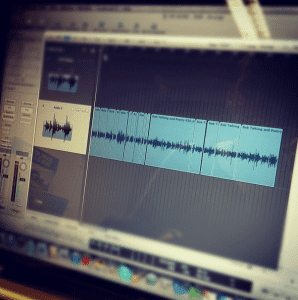EQ Before Reverb

When you’re looking at the signal flow of a track you’re mixing or mastering, it’s better to have the reverb fall after the equalizer in the path.
The reason for this is simple. By cutting out or boosting the frequencies you want first, you won’t have as many unwanted tones getting processed and brought out by your reverb.
The exception of this rule of thumb is the final (and subtle) equalization that may be applied to your overall track in the mastering process.
Likewise, by following a delay effect plugin with a slight reverb (around 40% on the ‘wet’ parameter) it can add depth and smoothness to your track.
One of the most important fundamental lessons in music production is understanding signal flow. Many curricula start by having students draw charts on how their music flows from the instrument to a recorded finished product.
By experimenting with signal flow, like rearranging the order of plugins on a track, you can quickly hear how the order of processing effects makes a big difference in the sound.
Over time, producers have discovered that you get a better sound if you put reverb towards the end of the signal chain, after EQ and compression. Of course, many producers also know that every once in a while it’s good to break the rules.
It’s always good for expanding your understanding of music production if you experiment with different variations in your signal flow, but don’t always try to reinvent the wheel. Tips and best practices like the one above can help you save time in getting to the professional sound you’re looking for.




